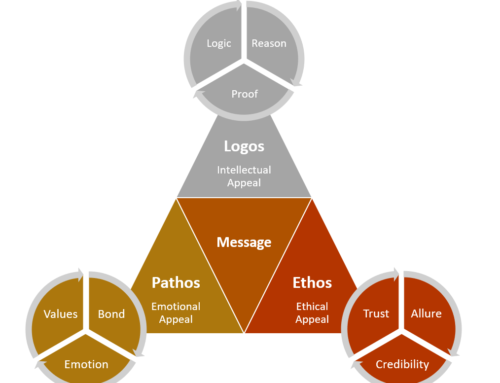
The habits of established and successful companies, like:
- Listening to customers
- Investing aggressively in technologies that give those customers what they say they want.
- Seeking higher margins
- Targeting larger markets
Doesn’t work for disruptive technologies. Disruptive technologies change the value proposition of the market. When they first show up, they almost always offer lower attributes than the mainstream markets care about. However, the ones who survive eventually catch up and add new ones.
I have found that many of life’s most useful insights are quite simple. Many of the findings of this book initially seemed counter-intuitive. Though they turned out to be quite simple. To review:
- The pace of progress that markets demand and can absorb may be different from the progress of technology. This means that products that do not seem to be useful for our consumers today may squarely meet their needs tomorrow.
- We cannot trust our customers to lead us to innovations
- Managing innovation mirrors the resource allocation process. Innovation proposals that get the funding and manpower they need may success. Those given lower priority – either formally or defacto – will starve. The complexity of resource allocation is super important to get right. The problem is that resource allocation is mainly forged in the normal profit centers of the company. However, often times, the disruptive technology is financially insignificant to those current needs. So they don’t get the attention needed.
- The next problems is marching the technology to the market. These companies have a practice of taking sustaining technologies to market. This only helps sustaining innovation – not disruptive. Normally it’s better to find a new market
- The disruptive technology should be seen as a marketing challenge.
- The capabilities of most organizations are generally far more context specific than most realize. This is because capabilities are forged within value networks. These value networks are generally built to take existing technologies to market. Not find markets for emerging technologies. Need to have the ability to tolerate failure across some dimensions. This is all built into their value networks.
- Disruptive technologies generally start in unfamiliar markets. So no value network exists.
- The information required to make large and decisive investments in disruptive technology just doesn’t really exist. It needs to be created by fast and flexible forays into the market. The risk is very high that any product attributes or marketing angles may not prove to be viable. Iterative learning is necessary and crucial. Often not tolerated in established markets.
- Don’t bet the farm on your first ideas
- It is not wise to develop a blanket policy to “always be a leader” or “always be a follower”. Postures will change if you are dealing with a disruptive technology. First mover advantages are significant. The evidence is quite clear that companies whose strategy is to extend the performance of conventional technologies from incremental improvements do about as well as companies whose strategy is to take big, industry leading, technological leaps
- The research suggests that there are powerful barriers to entry and mobility that differs from the types defined and historically focused on by economists. Unfortunately these economists just focus on ‘things’ or ‘assets’. One of the key advantages of the disruptive technologies is that they are doing something that the big, established players don’t have incentive to do. It does not fit their models for profit generating.
- Disruptive technologies rarely make sense during the years when investing in them is most important.
- Established companies CAN break these barriers. First they need to understand what these intrinsic conflicts are. They then need create a context where each organization’s market position and economic structure, developmental abilities, and values are aligned with the power of their customers.
A big mistake that managers make when dealing with new technologies is that they try to fight, or overcome, the principals of new technologies. Apply the traditional management practices that work with sustaining technologies always leads to failure with emerging ones. Must use the laws of disruptive technologies to create new markets.


